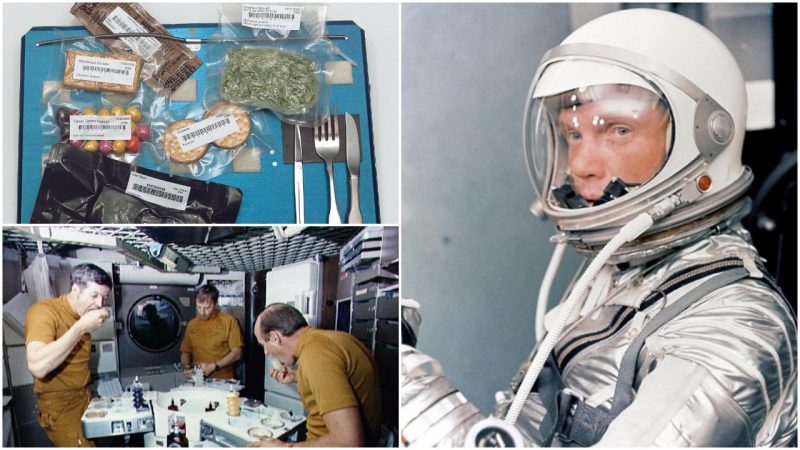Throughout history, explorers had to come up with ideas for preserving food in order to survive the long journeys. This was a particular problem during sea voyages on ships, solved by the great explorers like Magellan, De Gama, and Columbus by preserving their food in salt and brine or carrying only dried food.
Canning and refrigerating have solved many of the issues of food preservation. However, when it comes to space travel, the requirements for keeping foods edible pose challenges. Foods taken into space must be lightweight, compact, and nutritious. Additionally, they must be able to go hours, if not days, without refrigeration. In the years since space exploration began in the 1950s, there have been many documented firsts. Among them is the first meal in space and John Glenn, the man who ate it.
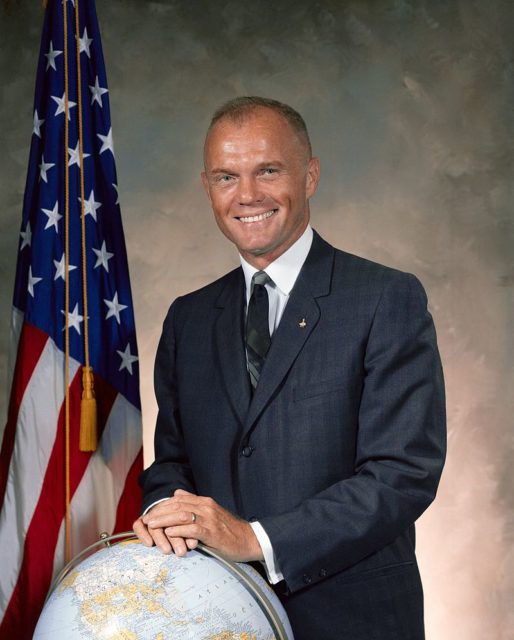
Astronaut John Glenn, who passed away in 2016 at the age of 95, is best known for being the first American to orbit the Earth. On February 20, 1962, Glenn flew the Friendship 7 mission and became an instant national hero. He circled the Earth three times in four hours and 52 minutes at a speed of over 17,000 mph, making America a serious player in the space race.
The astronauts had to be ready for anything. Glenn carried a note on the flight that read, “I am a stranger. I come in peace. Take me to your leader and there will be a massive reward for you in eternity” in several languages, just in case he landed near certain southern Pacific Ocean islands.
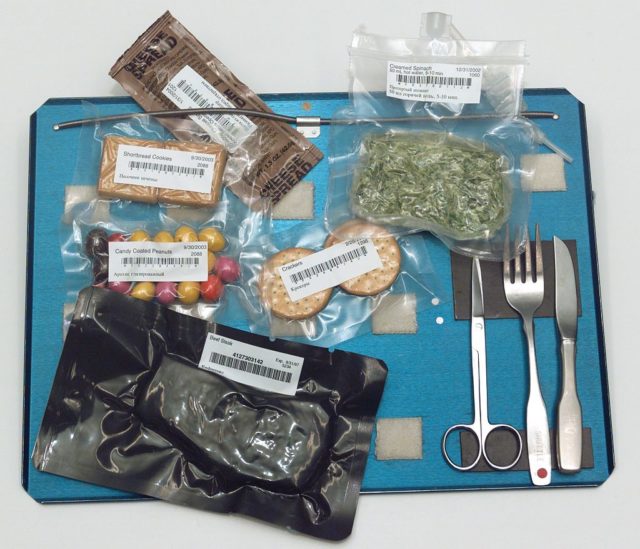
Before joining NASA, Glenn was a distinguished fighter pilot in World War II and Korea with six Distinguished Flying Crosses and 18 Air Medals. He was one of the Mercury Seven: military test pilots selected in 1959 by NASA as the United States’ first astronauts. He received the NASA Distinguished Service Medal in 1962 and the Congressional Space Medal of Honor in 1978 and was the last surviving member of the Mercury Seven.
However, most people don’t remember that his space career was bedecked by another recognition: Glenn was the first person to eat in space. According to the Times, as his spacecraft was smoothly proceeding over Kano, Nigeria, Glenn lifted his face plate and ate a meal of paste-like beef and vegetables with applesauce. At that time it was uncertain whether ingestion and absorption of nutrients were possible in a state of zero gravity but Glenn reported a relatively easy digestion.
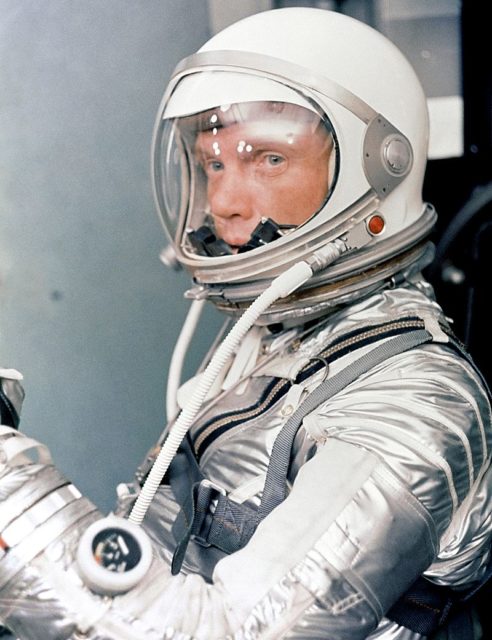
His meal was one of NASA’s pureed foods in tubes offered to astronauts on the Project Mercury and Gemini missions. The space food for the Mercury missions of the early 1960s was based on Army survival rations and consisted of pureed food packed in aluminum tubes, which was sucked through a straw or squeezed directly into the mouth.
In the weightless surroundings of space, astronauts exerted less energy than needed on Earth. During space missions, the astronauts were given portions of 2,500 calories a day, less than their usual calorie intake of 3,000 calories. Almost 99 percent of the moisture was removed to reduce weight with an average content of 51 percent carbohydrates, 32 percent fat, and 17 percent protein.
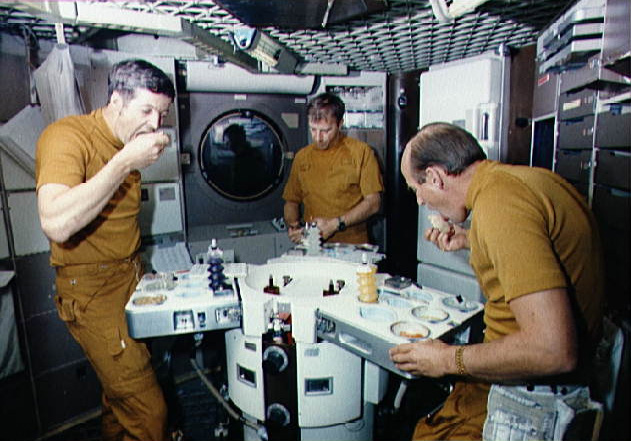
Reportedly, the astronauts didn’t have any problems with the chewing or the swallowing but considered the food not too tasty. Glenn’s consumption of the meal proved that people could eat, swallow, and digest food in a weightless environment.
Related story from us: Hidden Figures: The stories of three extraordinary women from NASA
Glenn went on to achieve many more accomplishments, including the service of four terms as a U.S. Senator for Ohio and returning to space as a septuagenarian on a mission for then-president Bill Clinton. No matter how unappealing his meal in space was, he no doubt considered it worth it.
